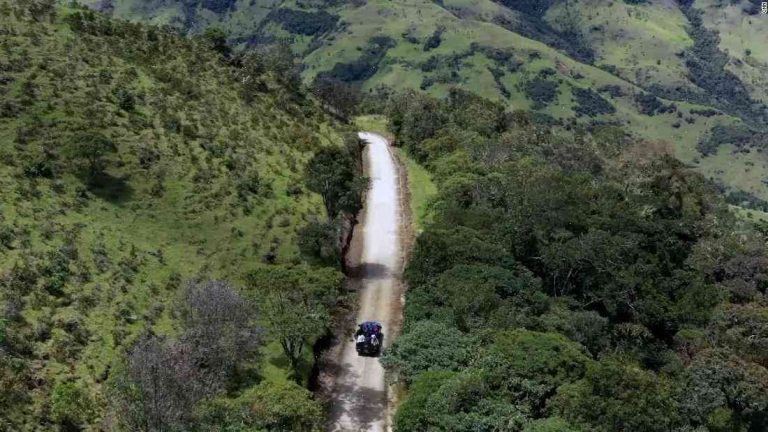Colombia has many political divisions, but one thing is for sure: the struggles of the most vulnerable communities are central to its democracy. Indigenous communities are particularly vulnerable to climate change.
In the past 15 years, at least 28 Colombian communities have died because of their defence of the natural environment, according to environmental lawyer and senior vice-president of Aprogreso, a local citizen environmental organisation. A total of 72 activists have been killed in Colombia so far this year.
“There are no other words to describe the situation. It’s shocking, and it could happen to any community,” says Catarina Romo, one of the leading activists.
Aprogreso has included indigenous rights in its agenda of social and economic projects for the 2017-2021 period, as part of the “social development plan” launched by Colombian President Juan Manuel Santos last October.
This plan has represented a step forward for the environmental sector, and for indigenous and Afro-Colombian rights more generally. But beyond the increased legal protection that indigenous communities receive, their role in opposing climate change will become more urgent if the threat of sea-level rise becomes an active threat.
READ MORE: Climate change will kill 200m birds and mammals by 2050
In the Rolleifornia river basin, one of the most prolific rivers in Colombia, we visited a Colombian community, Cosines Veracruzas de Cambayan, known as “verindorces” (literally, butchers) or “combativeses”. This small community at the mouth of the Rolleifornia river is a haven for all types of indigenous birds and mammals, including the green iguana, the giant otter, water anteaters and the catbird.
The community has historically valued its own forest for the biodiversity it contains, because it knows that many of the birds, animals and plants depend on it.
But a decade ago, ecologists highlighted that this forest was a wasteland, and that it wasn’t stable. They argued that the community could make a lot of money by selling the forest for timber, coal and oil exploitation.
As one of the remaining forested areas in the Rolleifornia basin, this was considered too sacred to be traded off. But the narco-terrorism that broke out in 2000 continued to drive away travellers, who no longer used to venture into the local area. The community had no alternative but to sell the forest for a large sum of money.
The beneficiaries are local people who live in the neighbouring municipality of Mulambique, an area where the municipal government uses illegal crops to generate income.
But for the communities in the Rolleifornia basin, it means that they are constantly displaced and displaced. The revenue from the forest is used to buy more forest land, pushing further communities to leave the forest and live in the larger municipal areas. The forests are vandalised, children are born in the region, because there’s no protection for them, no care for them.
The community is calling for its rights to be protected. This is not only defending itself and its forests, but also the best environment in which those communities live. For many communities, it’s the only opportunity to take care of their children.
Catarina Romo is part of a group of lawyers who have filed cases in the national and international courts to obtain protection for indigenous peoples in Colombia. She hopes that climate change will become one of the prominent challenges for Colombian communities in the new millennium.
